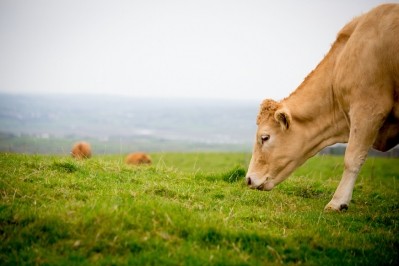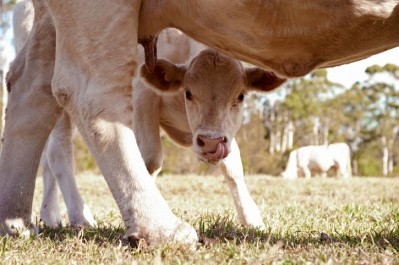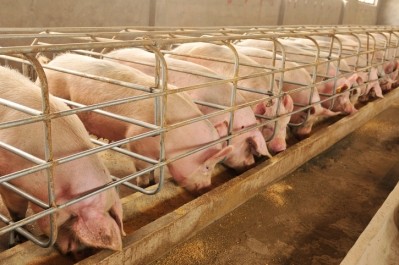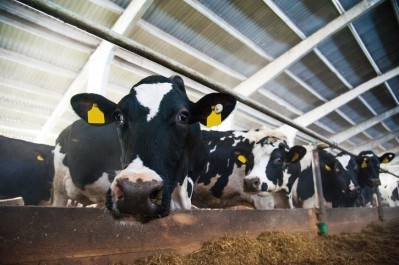Low feed costs expected to boost Brazil’s cattle, swine production
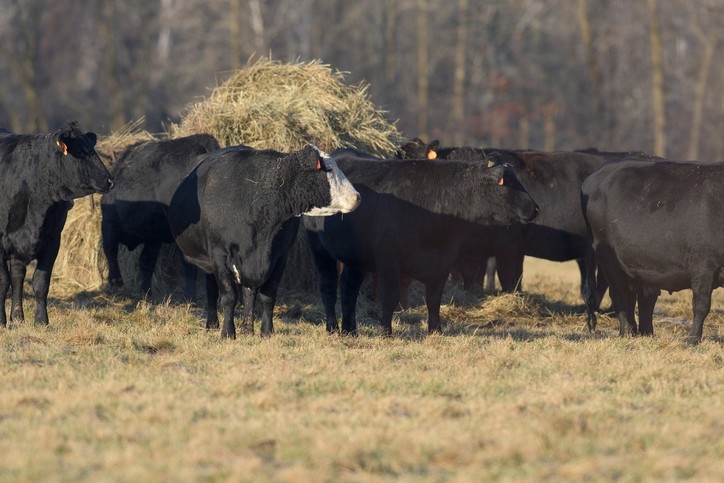
The US Department of Agriculture’s (USDA) Foreign Agricultural Service released details of feed pricing and anticipated animal production in a report released last week regarding annual production in Brazil.
Overall, production for several species is expected to increase in in 2019, the agricultural specialist said. “The expected growth of the Brazilian economy in 2019 with declining inflation and unemployment rates support optimism in the animal protein sector in Brazil,” he added.
Pork production is expected to grow by more than 3% based on “favorable” feed costs along with a rebound in exports and domestic demand, he said. Beef production also is anticipated to increase by about 3% with support coming from solid exports to China and Hong Kong along with domestic demand.
However, some uncertainties remain in the market including volatility in the exchange rate, elections slated for the end of the year and the start of a new federal administration, he said.
Feed, animal report highlights
In 2019, beef production is expected to increase to about 10.2m metric tons, the specialist said. The expansion is being supported by both domestic and international demand.
The cattle herd is anticipated to see continued expansion and the calf crop in 2019 is expected to increase by about 2%, he said. “Cattle production will continue to be supported by several government programs, such as subsidized agricultural credit for pasture improvement, recovery of degraded pastures, and crossbreeding programs using imported cattle genetics,” he added.
The amount of cattle raised in feedlots also is expected to expand in 2019, he said. Growth is forecast at about 10% based on the increase in feed availability at lower prices and predicted cattle prices.
“In 2018, the estimated number of cattle under feedlot is around 3.5m head, a small increase over 2017 due to higher feed costs, mostly because of the drop in corn production,” he said.
Weather forecasts also are predicting better conditions for pasture growth in the Midwest and northern areas, which support about 40% of cattle production, said the specialist.
Cattle exports are expected to grow by about 15%, which is a reduction to the expansion seen in 2018, the specialist said. The reduction is attributed to the lira crisis in Turkey as that country has replaced Venezuela as the prominent market for live cattle exports.
Exporters are trying to limit the reliance on the Turkish market and are working on sanitary agreements with countries including Vietnam, China, Malaysia and the Mauritius Islands, he said.
Beef exports are forecast to expand by 5% – to a record 2.1m metric tons – based on demand from Asia, he said. China, Hong Kong, Egypt and Chile account for about 70% of the beef exported.
However, changes to the exchange rate remain a concern as they could alter imports of related inputs like vaccines and genetic materials, he said.
Similarly, there is expected to be an increase in the amount of swine produced in 2019, the specialist said. “Posts also forecasts pork production to increase by over 3% and reach nearly 3.8m metric tons, reflecting a rebound in exports, moderate domestic demand and favorable feed costs in 2019,” he added.
However, there are some concerns about increasing production based on profit margins experienced this year, he said.
“As of August 2018, corn prices have increased by 53% and soybean meal by 43%, while producer prices dropped by 18%,” he said. “In addition, the truck driver’s strike affected the industry by increasing the cost of transportation.”
About 60% of the hog production is vertically integrated in three southern states, he said, adding, “Under this closed loop system, the packer supplies the producer with the animals, feed and veterinary support.”
“This assures better sanitary control, production efficiency and more income stability,” the specialist stated. “This production system also helped hog producers to overcome the significant negative impact of the truck driver’s strike in late May that affected the Brazilian economy and transportation of goods and services.”
During the strike, packers were able to combine efforts to bring corn in from Argentina by ocean freight rather than transporting feed from states in the Midwest, he said.
“The cost of hog production (by kilogram, live weight) increased by 16.35% during Jan-Jun 2018, and 22.17% for the past 12 months,” he said. “However, as of July 2018, the cost of production declined by 1.70%. The most important reason for the decrease in the cost of production in July was the drop in nutrition costs (less 1.69%), which accounts for 78% of the cost of hog production.”
Nutrition costs are anticipated to continue dropping as second crop corn comes into the market, he added.
Pork exports are forecast to increase by 5% in 2019 with continued exports to China and Hong Kong, the specialist said. “Traders also believe that if the outbreak of African swine fever continues to spread in the area, China will increase imports of pork,” he added.
